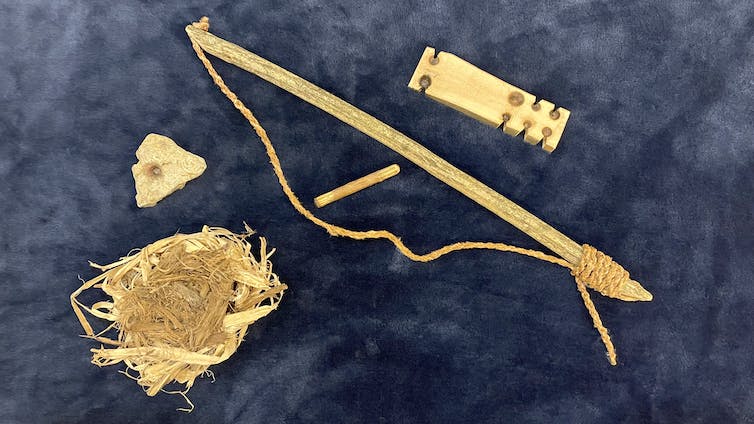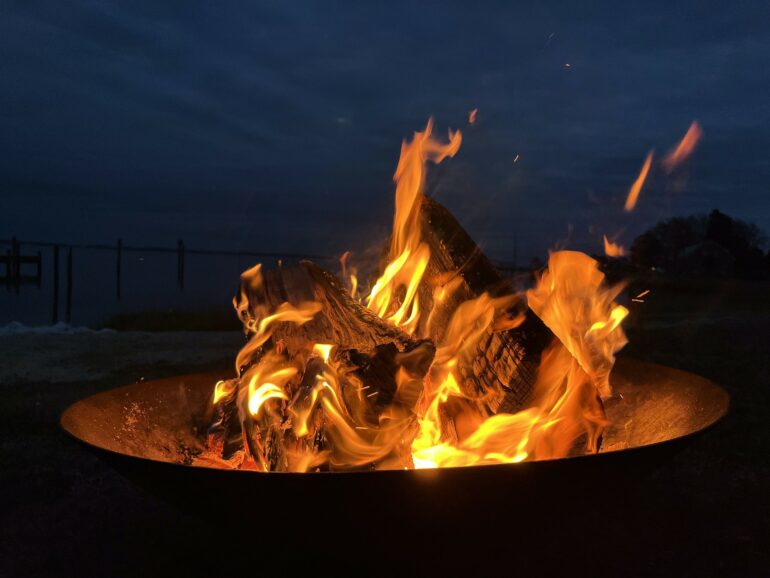Humans have been making fire using friction for thousands of years, with evidence of its use found in archaeological records across different cultures worldwide.
Fire by friction is a testament to human ingenuity, contributing to the development of early technology and a later understanding of physics, chemistry and heat transfer.
Making fire, one of the key discoveries in human history, has played a pivotal role in human evolution, providing warmth, light, protection from predators, a means to cook and the ability to migrate into more hostile climates.
I’m an engineering professor, avid outdoorsman and Minisino Firecrafter who’s been studying and practicing fire by friction for many years. It’s a great way to explore key science concepts while engaging in a practice that humans have been performing for millennia.
Ember, flame, fire
Fire by friction relies on the conversion of mechanical energy into thermal energy through friction. Friction is the force of resistance between two surfaces when they slide, or attempt to slide, past one another.
There are many ways to create fire by friction, but the most common and easiest to learn uses a bow drill set.
A bow drill set consists of a thin spindle, a hearth board, a lightly curved bow, to which a bow cord is attached, and a “thunderhead” or bearing block, which is a stone or block of hard wood with a natural or carved divot used to press down on the top of the spindle.

A bow drill set, made entirely from materials found outdoors. From bottom left to top right is a tinder bundle, made from the inner bark of a cottonwood tree and some red cedar bark, a stone thunderhead, a honeysuckle bow with a cord made from dogbane fibers, a goldenrod spindle and a white pine hearth board.
Bradley Duncan
First, the firemaker wraps the bow cord tightly around the spindle and uses it to rapidly spin the spindle against the hearth board, while simultaneously pressing down with the thunderhead.
Similar to how your hands become warmer when you vigorously rub them together, friction causes a rapid increase in temperature where the spindle meets the hearth board. This drives away any residual moisture. The wood also heats up mostly in the absence of oxygen, resulting in charring, a chemical process from incomplete combustion. What’s left over is mostly carbon.
The friction of the spindle against the hearth board creates heat – kind of like how your hands warm up when you rub them together.
As the spindle continues to spin, it grinds away the charred wood to form a small pile of charcoal dust. As the dust pile grows, it will eventually coalesce and ignite to form an ember.
The ember’s ignition point depends on a variety of factors, including the type of wood, the temperature and the humidity. Experiments often yield ignition temperatures in the range of 650-800 degrees…



